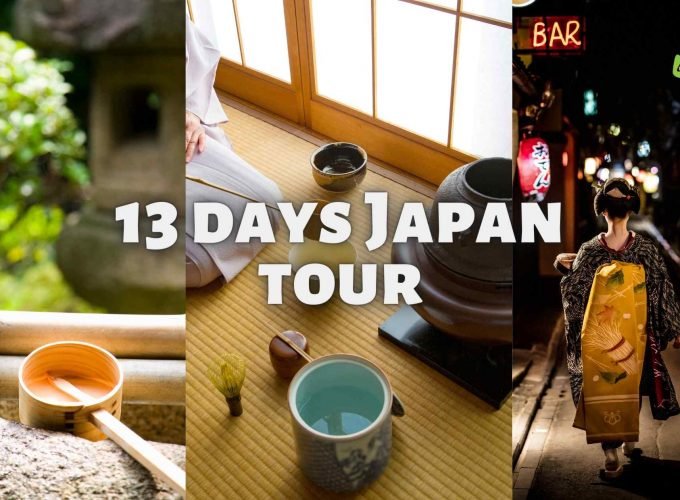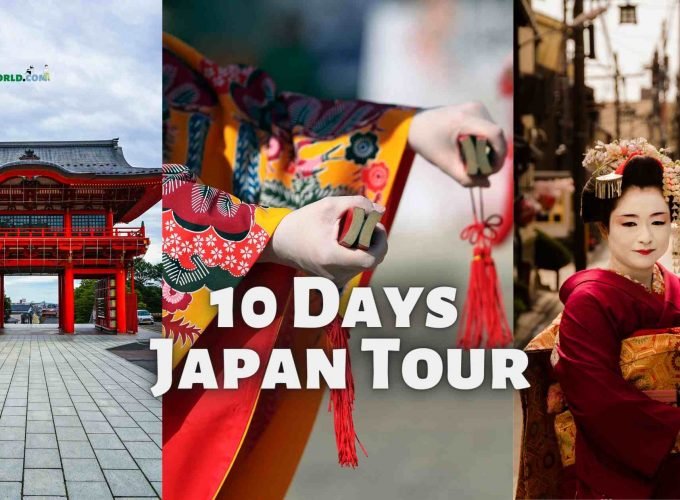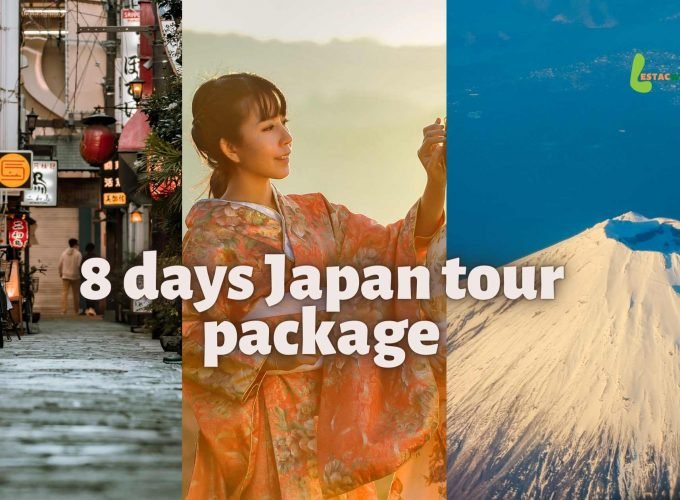About Shukkeien garden
About Shukkeien: A traditional Japanese landscape garden known as Shukkeien can be found in the city of Hiroshima in the country of Japan. The name “Shukkeien” translates to “shrunken scenery garden,” and it relates to the miniature landscapes that are found within the garden. These landscapes are the result of careful planning and design, and they are intended to reflect a much larger and more majestic natural setting.
It was around 1620 that a wealthy feudal lord by the name of Asano Nagaakira constructed the garden, and it has undergone multiple restorations throughout the course of the ages. Today, it is recognized as one of the most well-liked places to visit by tourists in Hiroshima. It is famous for the stunning landscapes, winding streams, and lovely ponds that can be found there. In addition, the garden features a number of traditional Japanese tea houses, bridges, and lanterns that can be enjoyed by guests.
In addition to its aesthetic value, the Shukkeien Garden is remarkable not just for its historical significance but also for the fact that it has endured a number of catastrophes, one of which was the atomic bombing of Hiroshima during World War II. Today, the garden is used as a calm retreat in the middle of the city, allowing tourists an opportunity to escape the commotion of modern life and experience a piece of traditional Japanese culture. The garden is located in the heart of the city.
History of Shukkeien Garden
In 1620, a wealthy feudal lord by the name of Asano Nagaakira constructed the first iteration of the Shukkeien Garden. At the time, Asano Nagaakira was the daimyo of the Hiroshima domain. The garden was laid out so that he could take pleasure in the splendor of nature while also hosting friends and family there.
Throughout the course of several centuries, the garden has been the subject of numerous renovations and restorations, and over time, new features and components have been added. One of the most important renovations took place around the end of the 19th century, when the garden underwent a comprehensive makeover to integrate an aesthetic that was more contemporary and influenced by Western culture.
In spite of its age and the wealth of history it contains, the Shukkeien suffered significant damage as a result of the bombing of Hiroshima during World War II. Later on, with the assistance of donations from members of the surrounding community as well as other supporters, the garden was brought back to its previous splendor.
Today, Shukkeien continues to be a well-liked destination for travelers from all over the world as well as residents of Japan. The town is known for its breathtaking scenery, traditional tea houses, and calm environment. The garden has been recognized by the United States Department of the Interior as a National Place of Scenic Beauty and is widely regarded as an outstanding illustration of a traditional Japanese landscape garden.
How to reach Shukkeien
It is possible to get to the Shukkeien in the city of Hiroshima, which is in Japan, by a variety of different modes of transportation.
By train: If you are traveling to Hiroshima by train, the JR Hiroshima Station, which is the city’s primary train station, is a short distance away from Shukkeien. Take the east exit from the station, and then walk to the east gate of Peace Memorial Park to enter the park. The area known as Shukkeien may be found directly to the park’s north.
By tram: There is a stop near Shukkeien on the tram system that runs across Hiroshima. Take tram line 2 or 6 and get off at the “Genbaku Dome-mae” station if you are coming from the main part of the city. The garden can be reached in a few minutes by foot from there.
By cab: Parking is limited around Shukkeien, however guests who arrive by car have the option of parking at a neighboring parking lot and walking the short distance to the garden.
It is recommended that you check for the most up-to-date information on transportation and accessibility before making your way to Shukkeien. This is because timetables and routes are subject to change, so it is important to be informed.

Do's and Dont's at Shukkeien
Visiting a traditional Japanese garden like Shukkeien is a unique and memorable experience, and it is important to be mindful of cultural norms and etiquette to ensure that you have a respectful and enjoyable visit. Here are some do’s and don’ts to keep in mind while visiting Shukkeien:
Do’s:
- Do walk on designated paths and bridges. The paths and bridges within the garden are carefully placed to provide visitors with the best views and experiences, and it is important to stay on them to preserve the landscape.
- Do take your time to appreciate the beauty of the garden. Shukkeien is a peaceful and tranquil place, and visitors are encouraged to spend some time simply enjoying the scenery and the sounds of nature.
- Do be quiet and respectful. Visitors should keep their voices down and avoid loud or disruptive behavior, so as not to disturb other visitors or the serene atmosphere of the garden.
- Do take photos, but be mindful of other visitors. While taking photos is a great way to remember your visit, be mindful of other visitors and do not obstruct their view or experience.
Don’ts:
- Don’t litter or damage the garden. Visitors should be mindful of their waste and dispose of it properly, and should also avoid damaging the plants, trees, or other elements of the garden.
- Don’t touch the objects within the garden, including the rocks, trees, and lanterns. Touching or handling the elements of the garden is not permitted, as it can cause damage and disrupt the carefully planned landscapes.
- Don’t bring food or drinks into the garden. Eating or drinking within the garden is not permitted, as it can attract animals and create litter.
- Don’t wear shoes on the tatami mats in the tea houses. If you plan to visit a traditional tea house within the garden, be sure to remove your shoes before entering, as tatami mats are traditionally considered sacred and should not be walked on with shoes.
By following these simple guidelines, visitors can have a respectful and enjoyable visit to Shukkeien and preserve the traditional beauty of this historic landscape garden.
Highlights of Shukkeien Garden
The Shukkeien Garden is a traditional Japanese landscape garden that can be found in the city of Hiroshima, Japan. It is famous not only for its beautiful sceneries but also for its elaborate design and extensive history. The following is a list of some of the most memorable aspects of a trip to Shukkeien:
Beautiful sceneries: The park contains a variety of landscapes, some of which include meandering streams, ponds, bridges, and lanterns. These features are intended to portray a much wider and more expansive natural setting than the garden actually is. The splendor of the garden and the many of its components, all of which are intended to instill a sense of calm and relaxation in visitors, are available for their enjoyment.
Traditional tea houses: Shukkeien is home to a number of traditional tea houses, each of which provides guests with the opportunity to participate in a Japanese tea ceremony in its authentic setting. The tea houses are typically tiny, unpretentious buildings that are outfitted with tatami mats and are frequently situated in picturesque settings surrounded by gardens and landscapes.
Historic significance: Shukkeien is a historic garden that has survived various catastrophes, one of which was the bombing of Hiroshima during World War II. This garden has significant historical importance. The garden is a symbol of optimism and calm in the center of the city, and it acts as a monument to the resiliency and perseverance of the local people.
A place of tranquility: Shukkeien is a location of tranquility and serenity, allowing visitors the opportunity to escape the commotion of modern life and experience a bit of traditional Japanese culture. It doesn’t matter if you live in the area or are just passing through; the garden is a great spot to unwind, get some much-needed rest, and admire the splendor of nature.
Frequently asked questions about Shukkeien
What is Shukkeien Garden?
When is Shukkeien Garden open?
How much does it cost to visit Shukkeien Garden?
Are there any restrictions on photography or videography in Shukkeien Garden?






Comment (0)